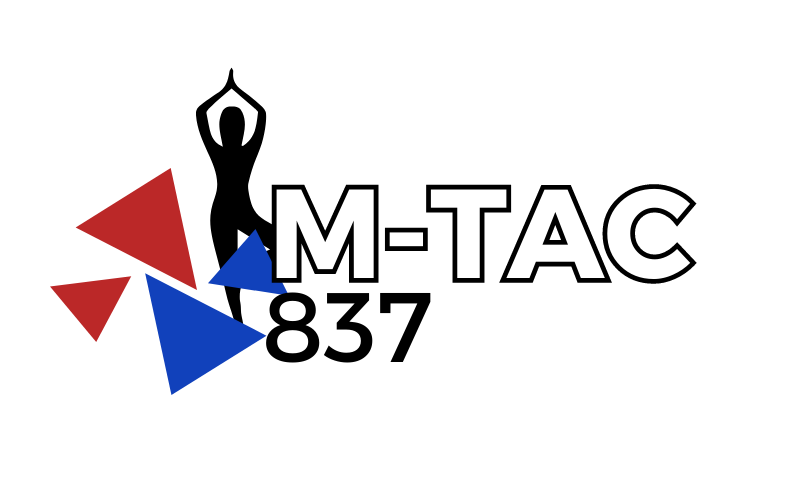Food labels are essential tools that enable consumers to make informed choices about the products they purchase and consume. By understanding how to interpret and navigate food labels, we can make healthier and more conscious diet decisions. In this article, we will explore the key components of food labels and guide how to use them effectively to support healthier eating habits.
Serving Size and Servings per Container
The serving size listed on a food label indicates the recommended portion size for that particular product. Pay attention to the serving size to understand how it aligns with your own consumption. Additionally, be mindful of the number of servings per container, as the entire package may contain multiple servings.
Calories and Nutrient Information
The calorie content per serving is provided on food labels, giving insight into the energy value of the product. Use this information to understand the calorie contribution of each serving to your overall daily intake. In addition to calories, food labels often provide information about macronutrients such as carbohydrates, proteins, and fats, as well as specific nutrients like fiber, sugars, sodium, and vitamins.
Percent Daily Value (%DV)
The percent daily value (%DV) shows how much of the recommended daily intake of a specific nutrient is provided by one serving of the product. It allows you to assess the nutritional value of the food in relation to your daily nutrient needs. A %DV of 5% or less is considered low, while 20% or more is considered high. Use the %DV as a general guideline to evaluate the nutrient content of the product.
Ingredient List
The ingredient list outlines all the components of the product, listed in descending order by weight. Be aware of the ingredients used, especially if you have specific dietary restrictions or preferences. Look out for additives, preservatives, and artificial ingredients that may not align with your desired eating habits.
Health Claims and Symbols
Food labels may include health claims or symbols that highlight specific nutritional benefits or characteristics of the product. These claims can provide insights into the product’s nutritional value, such as being low in fat, high in fiber, or a good source of specific vitamins. However, it is essential to critically evaluate these claims and consider the overall nutritional profile of the product.
Allergen Information
Food labels also provide information about common allergens that may be present in the product. This is vital for individuals with food allergies or intolerances. Allergens are typically highlighted in bold or listed separately to draw attention to potential allergenic ingredients like nuts, dairy, soy, wheat, or shellfish.
Conclusion
In conclusion, understanding how to navigate food labels empowers us to make informed choices for healthier eating. Incorporating basic knowledge of nutrition information allows us to prioritize our health and well-being by making informed choices about the foods we include in our diets.

